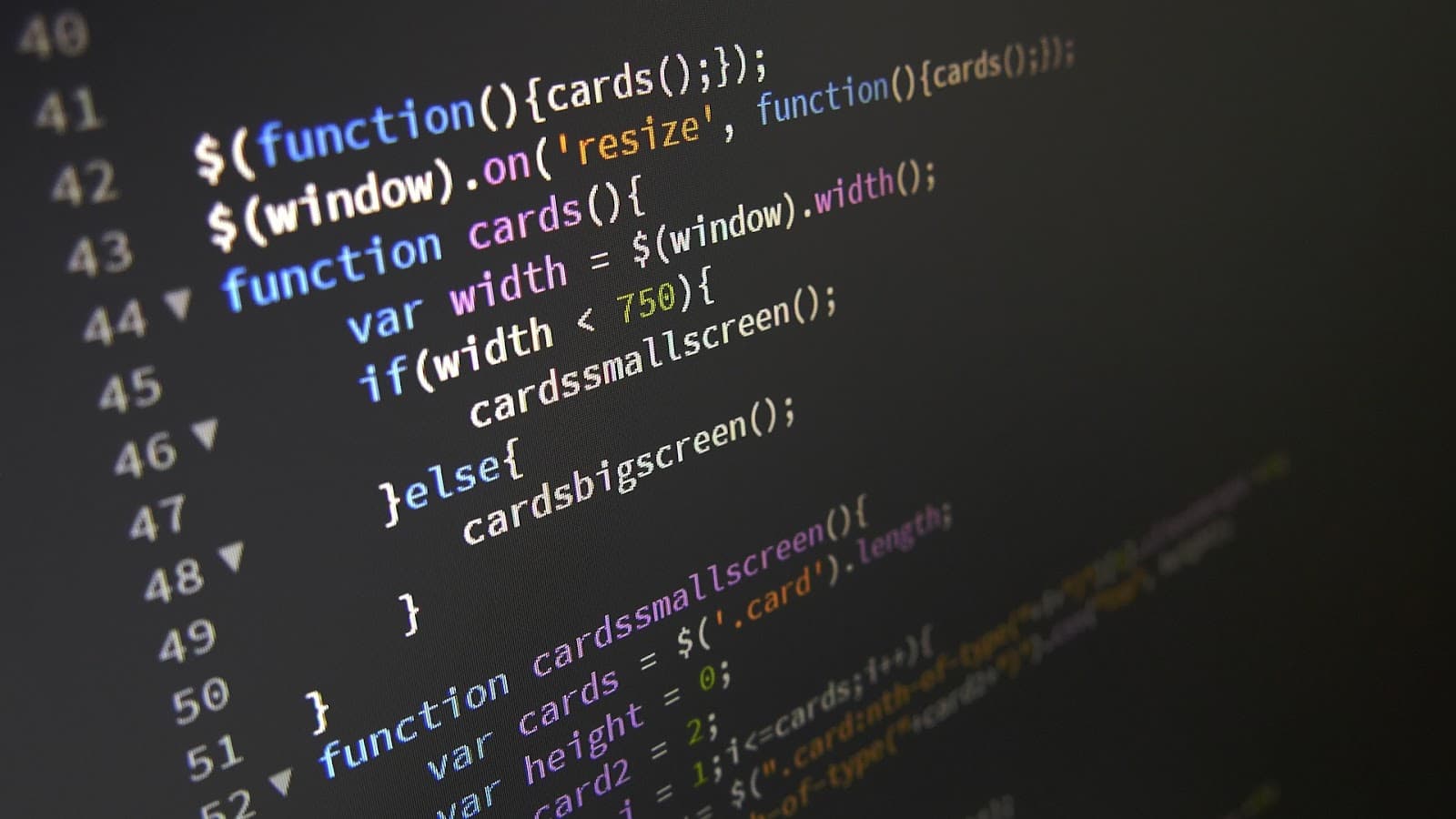Novice website developers often come across the concept of jQuery, and very few know what it is. And familiarizing yourself with the convention brings little clarity. Let’s look at the meaning of the term, areas and cases of use, and also make a brief excursion into history.
jQuery is a framework, a library created for the interaction of the JavaScript programming language and the HTML hypertext markup language. It was presented to the public in 2006 at one of the conferences devoted to developments in the field of social networks and browsers, which took place in New York. The author of the project is a young programmer named John Resig, who is still leading the project today.
John mastered HTML and started programming in Basic, and he liked it. Over time, John switched to Visual Basic and started designing websites. When it came time to create a page with custom scrolling, the programmer was very disappointed in the capabilities of the programming languages used, and took up JavaScript. Already its potential seemed inexhaustible in solving the problems that appeared during the use of VB.
Having gained experience and created dozens of applications, Rezig realized that it was necessary to code frequently used code fragments (make them in the form of functions and subroutines) for use in any JavaScript project. This will simplify development and remove all questions about browser and cross-platform compatibility. This is where the development of the framework began.
Definition
A framework is a software platform that serves as a means of defining the structure of a program. It is used in software development, where it is necessary to refer to large and small fragments of code and components that have been combined by the platform, in this case jQuery.
The library allows you to access absolutely any DOM element to change its content, structure, parameters, and even design.
The definition of the DOM will bring clarity to the understanding of the previous sentence – it is a universal, multi-platform (independent of the operating system and the programming language used) user interface through which programs and mini-programs (scripts) are able to open HTML and XML files for their editing.
At the same time, there are virtually no rules, conditions or restrictions, which opens up unlimited possibilities for the user to process and modify the content of HTML. Any known document is represented in the form of a hierarchical tree, in which each branch and its children are attributes, graphic or text objects.
JDOM is the next step in the evolution of the document object model, created with all the features of Java, jQuery is not yet used, at least it is not presented to the public.




